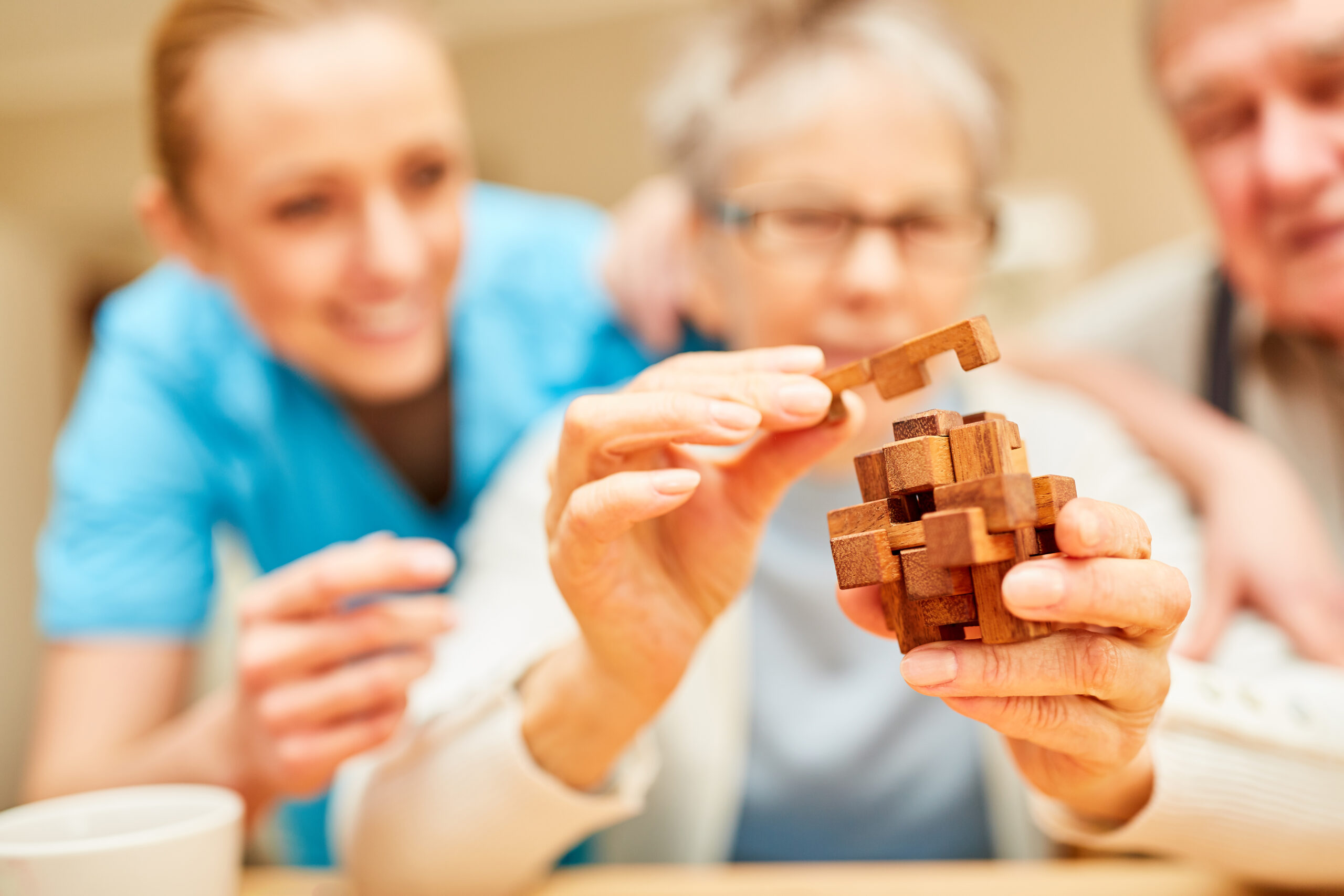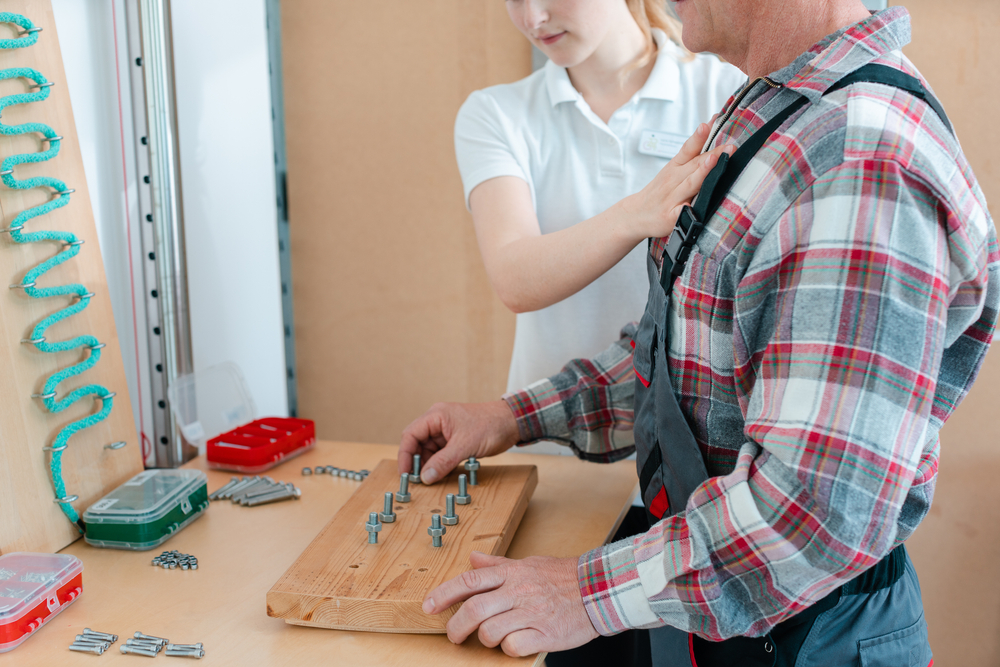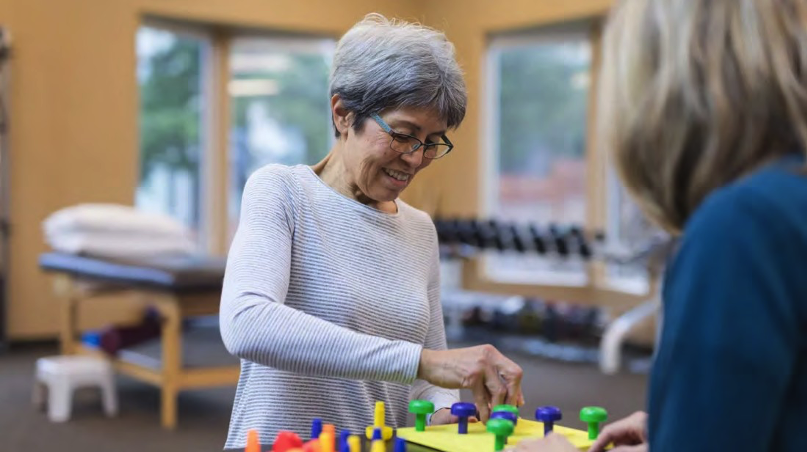
Life After Stroke: 3 Facts You Should Know About Upper Limb Impairment
Published by Healthline.com and written by Lizzy Sherman on May 6, 2022
Strokes are a leading cause of long-term disability, but new rehabilitation therapies are becoming available that can help you regain more function.
A stroke causes some brain cells to die, disrupting the connections between brain cells, called neurons. This makes it difficult for the brain to move your arm and hand effectively. The Vivistim® Paired VNS™ System helps to improve neuroplasticity by building new connections and improving communication between the brain’s neurons. Thisenhances the brain’s ability to effectively relearn movements of your arm and hand that were impaired as a result of your stroke
It’s important to understand that the root cause of impairment is the damage to the brain as a result of the stroke, not in the actual hand, arm, or other affected part of the body.
Though stroke survivors can improve somewhat early on, in many cases, they don’t regain function by 6 months.
The Vivistim® Paired VNS™ System is the first FDA-approved neurostimulation device of its kind — designed to help stroke survivors rebuild and strengthen the brain connections needed to improve hand and arm function, even if recovery has slowed or it’s been years since the stroke happened.
Here are three facts you should know about upper limb impairment after stroke and how Vivistim can help.
1. You may have lingering movement impairment
You’re not alone if upper limb function problems haven’t resolved a few months post-stroke. About 60 percent of stroke survivors experience persistent upper limb issues for 6 months or more, according to a 2019 review.
After a stroke, you may have difficulty using your arm and hand on one side of the body. Impairments typically include sensory and motor problems, and they can affect the face, speech, leg, arm, and hand.
Some recovery can happen, but often, the arm and hand impairments persist for months or even years after a stroke, limiting your ability to perform daily activities. Weakness and inactivity can also lead to chronic pain, muscle atrophy, and osteoporosis.
You may also experience:
- difficulty in coordinating your movements
- reduced range of motion
- spasticity
These problems can make it tougher for you to achieve your movement goals.
Rehabilitation therapy can help address weaknesses and other movement challenges but, over the long-term, survivors often don’t regain functional independence.
If you’re having difficulty moving your hand and arm after your stroke, Vivistim therapy may be able to help. Vivistim is a safe and effective therapy that can be used in-clinic and in the comfort of your home to help improve your hand and arm function.
By gently stimulating the brain via the vagus nerve while you practice movements, the therapy can help improve your arm and hand function by strengthening the connections between brain cells undamaged by the stroke.

2. Everyday activities may be a challenge
Strokes are one of the leading causes of long-term disability. In some cases, people who have experienced a stroke may need assistance with everyday tasks they previously did on their own, which can have a big impact on their quality of life.
Everyday activities that stroke can affect include:
- getting dressed
- bathing
- brushing teeth
- brushing hair
- cooking
- eating
- using the toilet driving walking
- writing and typing
- using the phone and digital devices
By improving hand and arm function, the Vivistim system may make it easier to perform everyday activities, helping you live more independently.

3. You can regain more function
If you’ve experienced a stroke, you can regain more of your upper limb function.
According to the National Institute of Neurological Disorders and Stroke, performing focused, repetitive actions is a crucial aspect of rehabilitation. Rehabilitation may involve working with a variety of therapy specialists to meet your goals.
It’s important to start stroke rehabilitation as soon as possible. Speak with your healthcare team about therapy you can start right away to get on the path to recovery.
Therapy can help with weakness and coordination by teaching stroke survivors exercises and stretches to improve movement. Task-specific training can help with everyday activities, like eating and bathing.
Often, the biggest improvements occur in the first 3 to 4 weeks after a stroke. Three months post-stroke, recovery may slow, and recovery after 6 months may be even more limited.
New technology
New technology can play a role in improving your progress after your recovery plateaus.
People who have some arm and hand movement after an ischemic stroke can consider the Vivistim® Paired VNS™ System as an option to improve long-term hand and arm impairment. The device, surgically implanted through two small incisions in the neck and chest, helps increase neuroplasticity, which is the brain’s ability to make new neural connections and adapt after injury.
In clinical studies, Vivistim improved arm and hand function two to three times more than what was seen with rehabilitation alone. This can help stroke survivors improve their quality of life by increasing their ability to perform daily activities, like getting dressed, preparing food, and participating in recreational activities.
During rehabilitation, the therapist activates the Vivistim device, which delivers a gentle pulse to stimulate the vagus nerve during various exercises or tasks that the person might want to improve.
While most people won’t feel the pulse, the brain is stimulated while the person practices the motor activities to strengthen and create new neural pathways. Through this combination of paired vagus nerve stimulation (Paired VNS™), rehabilitation therapy, and daily activities, the Vivistim System can help stroke survivors reach their recovery goals.
Click here to hear about how some stroke survivors regained their independence by using the Vivistim System.
If you’re interested in the system, you can complete a qualification questionnaire, and a Vivistim specialist will call to discuss whether the technology is right for you.
Safety
Vivistim has been proven safe and effective. However, it does come with safety considerations.
Risks may include pain after surgery, hoarseness, bruising, swelling, coughing, and throat irritation. Infection is a potential risk with any type of surgery, but it hasn’t been observed with Vivistim.
You shouldn’t use the Vivistim® Paired VNS™ System if you’ve had a bilateral or left cervical vagotomy.
More safety information is available at www.vivistim.com/safety.
The bottom line
If you’ve lost hand and arm function because of a stroke, more recovery is possible.
Your healthcare team will help you develop a rehabilitation plan. This is crucial to your recovery and should begin as soon as possible.
With Vivistim, a safe FDA-approved neurostimulation device, it’s possible to achieve greater hand and arm mobility, even if it’s been years since your stroke.
Paired with rehabilitation therapy exercises, at-home exercises, and daily activity, the Vivistim stroke rehabilitation device is empowering stroke survivors to achieve their goals. Ninety-eight percent of Vivistim users report being satisfied with the device.
Talk with your doctor to discuss your options and find the best rehabilitation plan for your needs.
26-0016-0032 Rev. 0